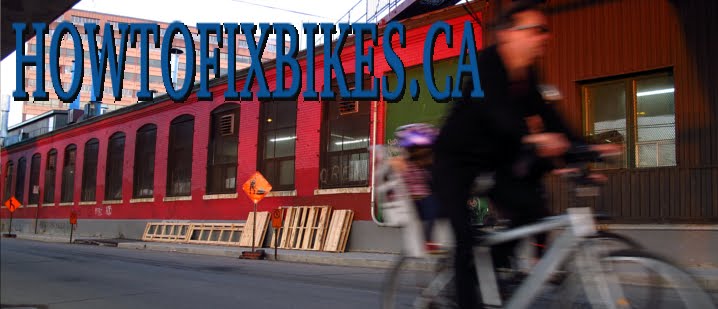
Have you ever went through endless pages on search engines like Google trying to find some information about bicycles and just having to waste time going through all those search engine optimized commercial websites before getting to the meat of what you are looking for? You, me and millions of people have bought that T-Shirt, well not anymore! I have made a custom search engine using a Google utility that permits searches only to those websites that I choose. So I chose from what I consider the best bike websites around and if you search in that little "Bicycle Search Engine" box at the top of this article or at the bottom of this blog, you should get immediate relevant information quickly. Of course this site is included, but I also included Sheldon Brown and some bike related forums as well.
So enjoy and if you notice an important bike related site missing, just email me at xddorox (at) gmail.com I will review the site and add it.
Til next time, ride safe and Godspeed.
Gerry :)









